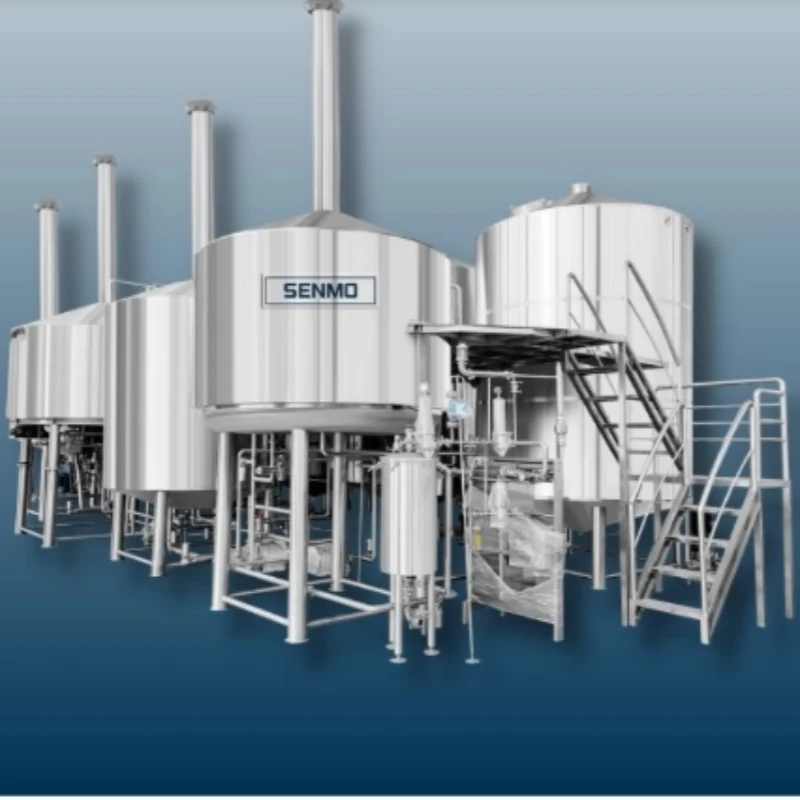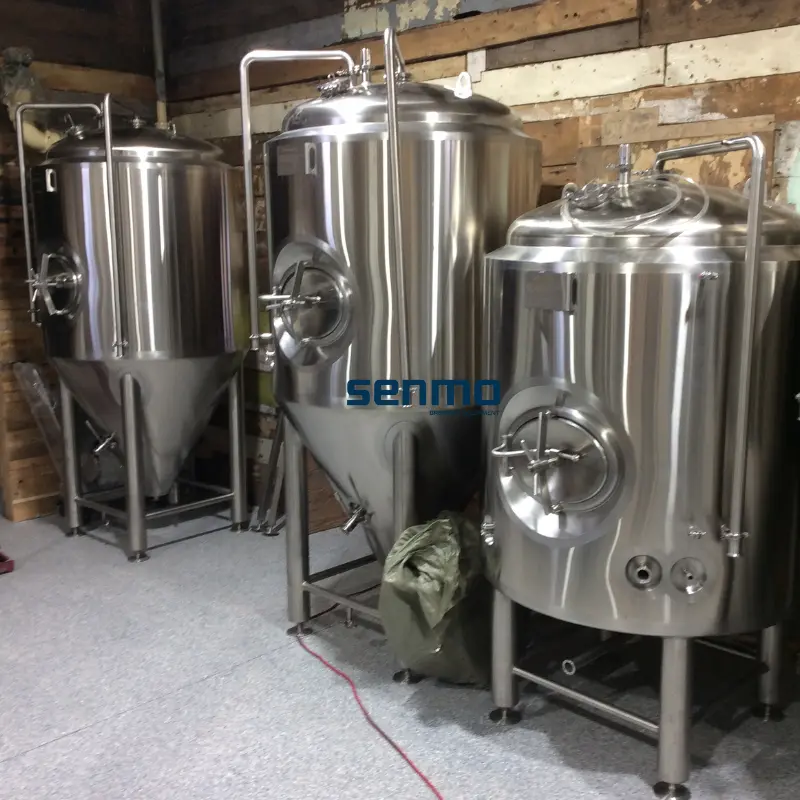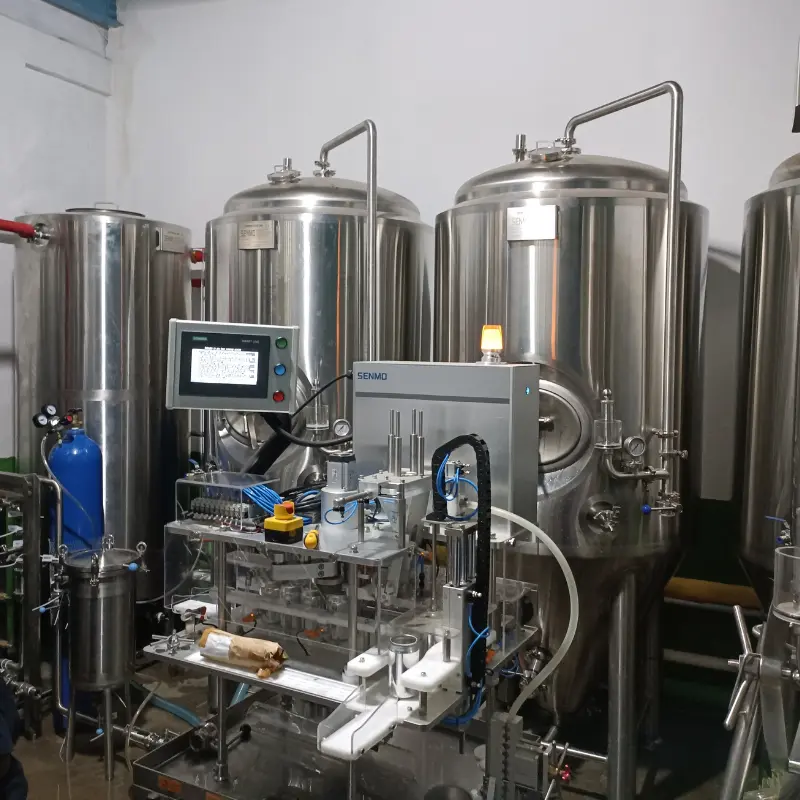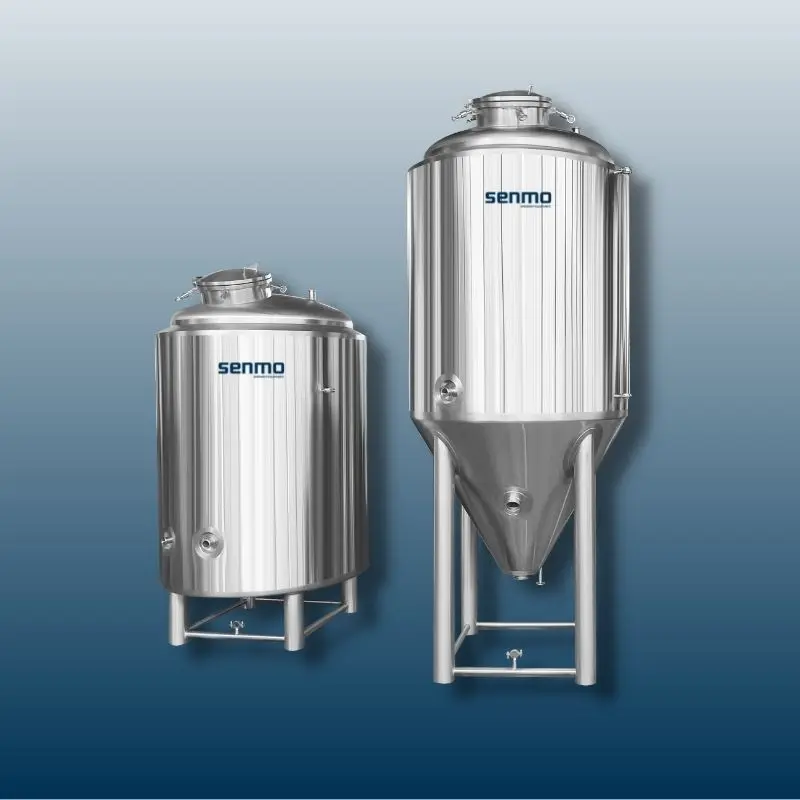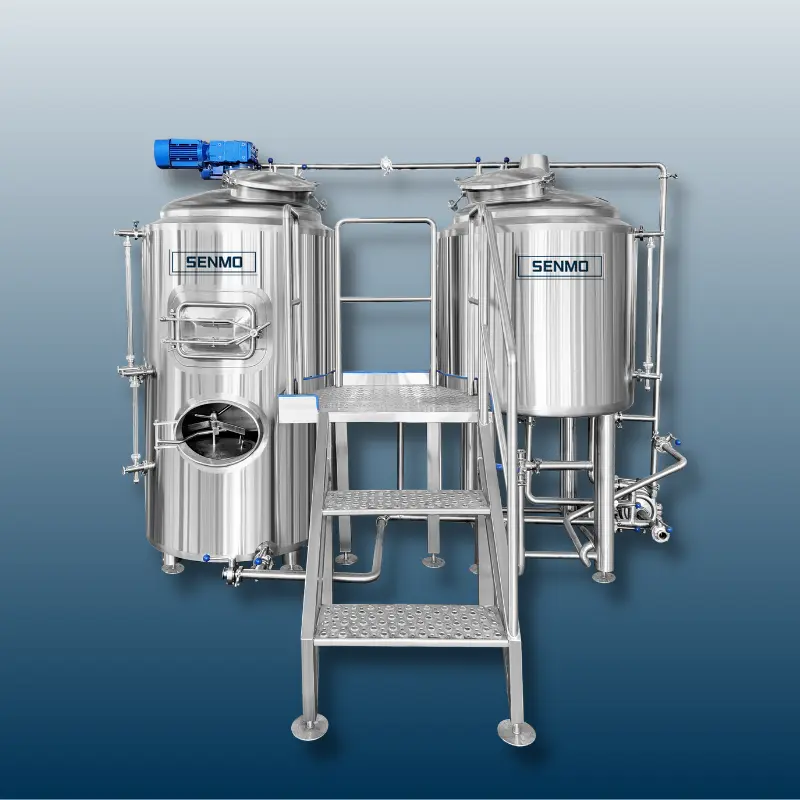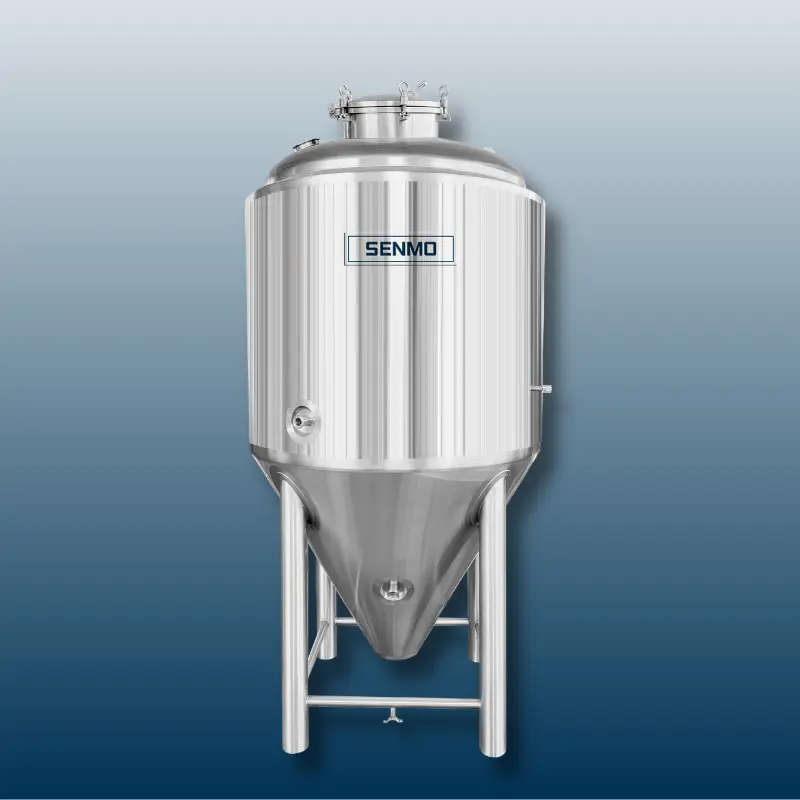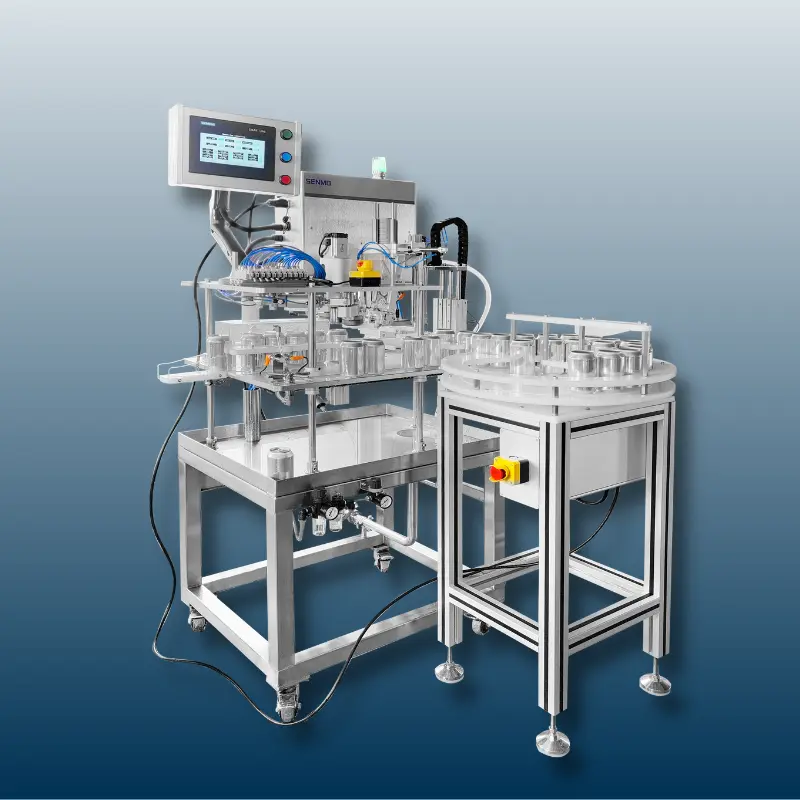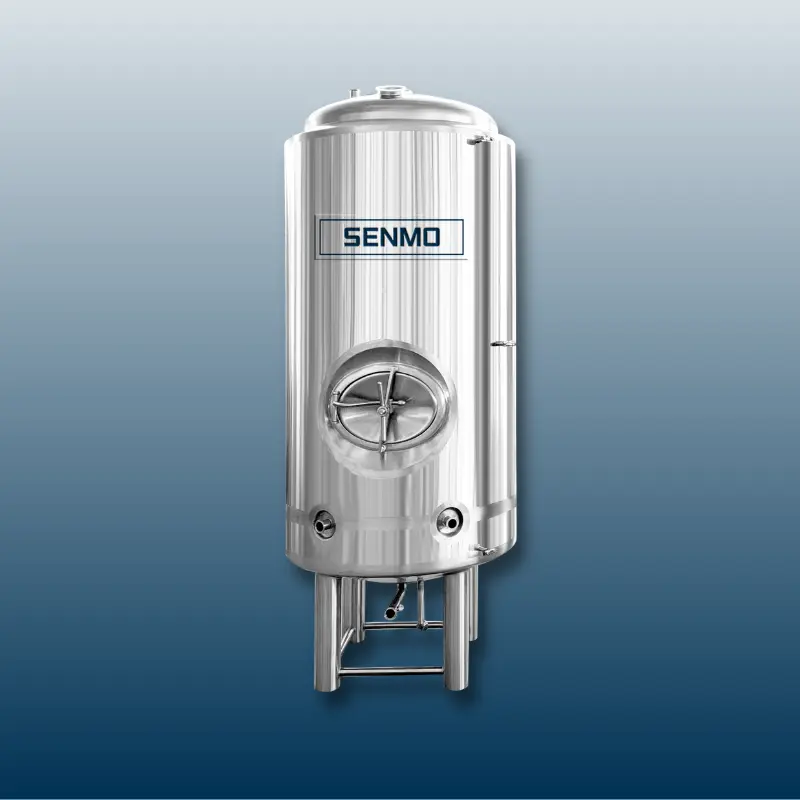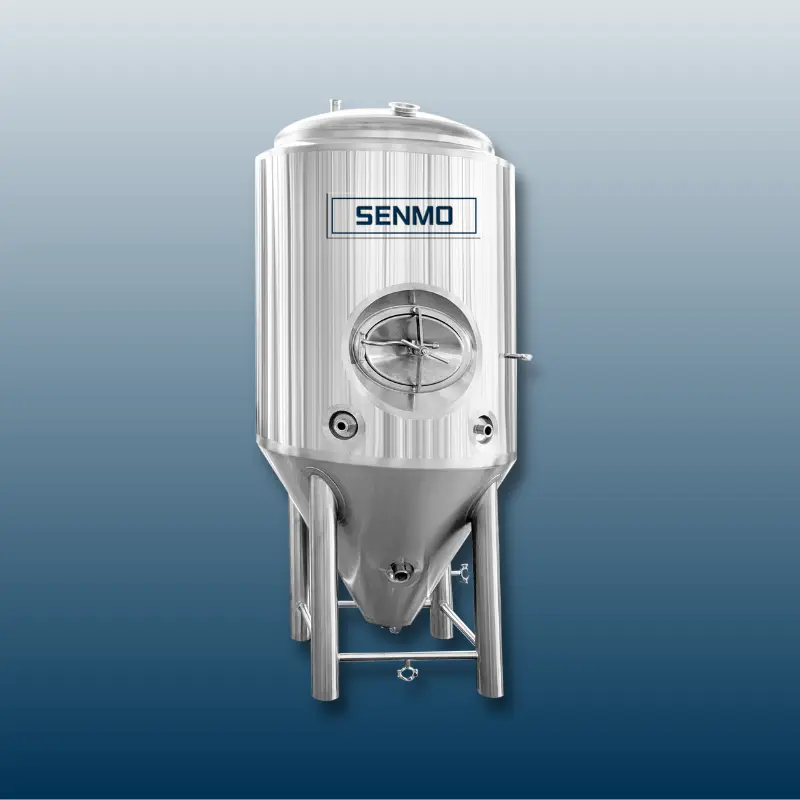Over the past decade, the craft brewing industry has experienced explosive growth worldwide. From small-town microbreweries to urban taprooms, independent breweries have captured the interest of beer lovers seeking unique, high-quality brews. As consumer demand continues to rise, more entrepreneurs are considering turning their passion for beer into a business. However, starting a brewery requires more than just great recipes and a dream — it requires careful planning, especially when it comes to equipment costs.
Commercial brewing equipment is one of the largest startup expenses for any new brewery. The choices made during the planning and purchasing phase can significantly impact both the quality of the beer and the overall financial stability of the business. From brewhouse systems and fermentation tanks to bottling lines and cooling systems, the range of equipment needed is extensive — and each component comes with a wide cost range depending on size, quality, and functionality. It’s easy for first-time brewers to underestimate the total investment required.
This article, “The Cost of Commercial Brewing Equipment: Budgeting for Your Brewery,” aims to provide a clear and detailed breakdown of the major equipment categories involved in launching a brewery. It will explore how various factors — such as brewery size, automation level, and sourcing decisions — influence pricing. By understanding these cost drivers, aspiring brewers can build more accurate budgets, make informed purchasing decisions, and avoid costly surprises down the road.
Whether you're launching a nano brewery or planning a larger-scale operation, this guide will help you navigate the complex landscape of brewing equipment and budget with confidence. Smart investment at the start can lay the foundation for long-term success in the competitive world of craft brewing.
Factors That Influence Equipment Costs
When launching a commercial brewery, equipment costs can vary dramatically depending on several key factors. Understanding these variables is crucial to creating a realistic budget and avoiding overspending or underspending in areas that directly impact brewing efficiency and product quality. Below are the primary factors that influence the cost of commercial brewing equipment.
1. Brewery Size and Production Capacity
The size of your brewery—typically measured in barrels (BBL)—is one of the most significant cost determinants. A nano brewery producing 1–3 BBL batches may only need basic, small-scale equipment, while a regional brewery producing hundreds of BBLs per week will require industrial-grade systems. Equipment size scales with production capacity, and so does the cost. For example:
A 3-BBL brewhouse might cost $30,000–$50,000
A 15-BBL system may range from $100,000–$250,000
A 30+ BBL brewhouse can easily exceed $500,000
Bigger systems also require larger tanks, pumps, glycol chillers, and storage areas, adding to the overall cost.
2. Type of Beer Being Brewed
The type of beer you intend to produce affects equipment requirements. Brewing lagers, for instance, involves longer fermentation times and precise temperature control, requiring more fermenters and more advanced cooling systems. Ales ferment faster and at higher temperatures, potentially reducing the need for complex refrigeration setups.
Specialty beers—like barrel-aged stouts or sour beers—may require additional tanks, barrels, or blending equipment. High-gravity beers or those with large grain bills may also need higher-capacity mash tuns or kettles.
3. Automation Level
Automation has a major impact on cost. While manual systems may be cheaper upfront, they require more labor and come with a higher risk of human error. Automated or semi-automated systems increase consistency, reduce labor needs, and improve safety, but they come at a higher price.
Manual systems: Ideal for small-scale startups, with minimal control panels and mechanical components.
Semi-automated systems: Include programmable logic controllers (PLCs), touchscreens, and basic automation for valves or pumps.
Fully automated systems: Allow one-person operation, detailed data logging, remote monitoring, and integrated cleaning processes (CIP).
Choosing a higher automation level might increase the initial investment by 20–50%, but it can lead to long-term savings on labor and waste reduction.
4. New vs. Used Equipment
Opting for used commercial brewing equipment can be a smart way to reduce upfront costs. On average, used equipment costs 30–60% less than new systems. However, this option carries risks—such as outdated technology, missing parts, or unknown wear and tear.
New equipment provides warranties, supplier support, and current design standards. For growing breweries, buying new can ensure that the equipment scales better with long-term production goals. A mixed approach (e.g., buying used fermenters and a new brewhouse) is also common.
5. Country of Manufacture
Where your commercial brewing equipment is made can influence not only price, but also quality and lead time.
Domestic equipment (e.g., U.S., Canada, Germany): Generally more expensive but known for high build quality, easier logistics, and strong after-sales support.
Imported equipment (e.g., from China or India): Typically 30–50% cheaper, but may come with longer shipping times, communication challenges, or limited warranties.
Many startup breweries opt for a hybrid setup: using imported tanks but sourcing critical systems like control panels or boilers locally for reliability.
6. Customization Needs
Off-the-shelf equipment will always be more affordable than customized systems. However, depending on your floor plan, brewing style, or branding, custom modifications may be necessary. These include:
Custom-shaped fermenters to fit ceiling height
Additional ports, valves, or sensors
Unique designs for taproom visibility
Customization can increase cost by 10–30% or more, depending on complexity. When budgeting, it's important to weigh aesthetic or operational benefits against the added expense.
Equipment Cost Impact Summary Table
| Cost Factor | Low-Cost Option | High-Cost Option | Estimated Cost Impact |
|---|---|---|---|
| Brewery Size | Nano (1–3 BBL) | Regional (30+ BBL) | $30,000 – $500,000+ |
| Beer Type | Ales (short ferment, less cooling) | Lagers, sours, barrel-aged (specialized equipment) | +10% to +40% |
| Automation Level | Manual controls | Fully automated PLC with remote monitoring | +20% to +50% |
| New vs. Used | Used tanks and brewhouse | All new equipment | -30% to +30% |
| Country of Manufacture | Imported (e.g., China) | Domestic (e.g., USA, Germany) | -50% to +50% |
| Customization | Standard, stock equipment | Custom ports, layout, aesthetic designs | +10% to +30% |
As this breakdown shows, the cost of commercial brewing equipment depends on a wide range of strategic decisions. Brewery size, beer type, and level of automation are central factors, while sourcing choices and customization can push budgets up or down significantly. By understanding how each element contributes to the total cost, brewers can make informed, scalable investments that align with their vision and financial reality.
Core Brewing Equipment and Estimated Costs
Setting up a successful brewery involves investing in a wide range of commercial brewing equipment. Each component plays a critical role in the brewing process, and costs can vary based on size, quality, brand, and degree of automation. Below is a detailed look at the core equipment categories, including descriptions and estimated price ranges to help you plan your brewery budget wisely.
A. Brewhouse System (Mash Tun, Lauter Tun, Kettle, Whirlpool)
The brewhouse is the heart of your brewing operation. It typically includes four main vessels:
Mash Tun: Where malted grains are mixed with hot water to extract sugars.
Lauter Tun: Separates the liquid wort from the spent grain.
Kettle: Boils the wort with hops for flavor, bitterness, and aroma.
Whirlpool: Settles solids and collects clarified wort before fermentation.
Systems are often sold as 2-vessel, 3-vessel, or 4-vessel setups, depending on production needs and batch frequency. The more vessels, the more efficient (but expensive) the process.
Cost Range: $50,000 – $250,000+
Small 3-barrel systems can start around $50,000, while a fully automated 30-barrel brewhouse can exceed $500,000 depending on customization and controls.
B. Fermentation Tanks
Fermentation tanks (also called fermenters or unitanks) are where the wort becomes beer. Size is usually matched to your brewhouse (e.g., a 10 BBL brewhouse needs 10–20 BBL fermenters). The number of fermenters you need depends on batch frequency and fermentation time.
Consider dual-use unitanks (for fermenting and carbonating) to save on space and cost.
Cost Range: $2,000 – $20,000 per tank
Smaller fermenters (3–5 BBL) may cost under $5,000, while larger ones (20+ BBL) can exceed $15,000 each.
C. Bright Tanks / Serving Tanks
Bright tanks are used to clarify, carbonate, and condition beer before packaging or serving. While optional in very small breweries, they are essential for consistent, quality-controlled beer in larger-scale operations. Some breweries use them for direct serving in taprooms.
Cost Range: $3,000 – $15,000 each
Similar to fermenters in construction but often include features like carbonation stones and sight gauges.
D. Kegs, Bottling, and Packaging Equipment
Packaging equipment includes:
Keg washers/fillers
Manual or semi-automated bottling lines
Can seamers
Labeling machines
Small breweries may start with manual or mobile solutions, while larger operations require automated lines for speed and consistency.
Cost Range: $10,000 – $100,000+
Manual systems may cost under $15,000. Fully automated bottling or canning lines can exceed $100,000.
E. Cleaning and Sanitation Equipment (CIP Systems)
Clean-in-Place (CIP) systems are vital for maintaining hygiene, quality, and consistency. They enable efficient internal cleaning of tanks, hoses, and lines without disassembly. A standard CIP system includes pumps, chemical tanks, and spray balls.
Cost Range: $5,000 – $30,000
Smaller systems can be portable and cost-effective, while larger, automated CIP setups cost more but save significant labor and cleaning time.
F. Cooling and Glycol Systems
Fermentation temperature control is critical. Glycol cooling systems include chillers, pumps, glycol reservoirs, and a network of tubing to maintain precise tank temperatures. The system size depends on the number of fermenters and climate conditions.
Cost Range: $5,000 – $50,000
Basic 3- to 5-ton chillers may cost $5,000–$10,000. Larger, multi-zone glycol systems for bigger operations can cost upwards of $40,000.
G. Pumps, Hoses, and Fittings
While not as glamorous, pumps, hoses, valves, and fittings are essential for daily operations. They move wort and beer between vessels and must be food-grade and temperature/pressure resistant.
Budget Estimate: $5,000 – $10,000
This includes transfer pumps, sanitary clamps, gaskets, and high-temperature hoses—often underestimated in initial budgets.
Summary Table: Core Brewing Equipment and Estimated Costs
| Equipment | Function | Estimated Cost Range |
|---|---|---|
| Brewhouse System | Mashing, lautering, boiling, whirlpool | $50,000 – $250,000+ |
| Fermentation Tanks | Fermentation of beer | $2,000 – $20,000 per tank |
| Bright/Serving Tanks | Conditioning, carbonation, and serving | $3,000 – $15,000 per tank |
| Packaging Equipment | Kegging, bottling, canning, labeling | $10,000 – $100,000+ |
| Cleaning (CIP) Systems | Internal cleaning and sanitation | $5,000 – $30,000 |
| Cooling/Glycol Systems | Temperature control during fermentation | $5,000 – $50,000 |
| Pumps, Hoses, and Fittings | Fluid transfer and connectivity | $5,000 – $10,000 |
Every brewery, regardless of size, requires a reliable core equipment setup. While exact costs vary based on production goals, quality standards, and automation needs, understanding these components helps brewers make informed investment decisions. Budgeting properly for core equipment from the start can prevent future downtime, quality issues, and unplanned expenses—ultimately setting the foundation for a sustainable brewing business.
Optional/Advanced Equipment
While core brewing equipment forms the foundation of any brewery, many operations benefit from investing in optional or advanced systems that enhance efficiency, consistency, and product quality. These tools become especially important as production scales or as brewers seek to differentiate through innovation and precision.
Laboratory and Quality Control Gear
A basic lab setup allows you to monitor yeast health, measure alcohol content, track pH levels, and test for contamination. While not essential at the nano-brewery level, it becomes increasingly important for maintaining batch consistency and complying with regulatory standards.
Common items: Microscopes, pH meters, hydrometers, dissolved oxygen meters, incubators.
Cost: $5,000 – $25,000, depending on the scope and accuracy.
Grain Milling and Handling Systems
Grain mills let you control your crush size, which affects extraction efficiency and beer flavor. In larger breweries, grain handling systems may include augers, conveyors, or hoppers to streamline workflow and reduce labor.
Cost: $2,000 for a basic mill to $20,000+ for integrated systems.
Automation and Monitoring Software
Automated brewing systems include programmable logic controllers (PLCs), sensors, and software dashboards for real-time monitoring. These systems optimize temperature, flow, and pressure control while reducing manual labor and error.
Cost: $10,000 – $50,000+, depending on complexity and scalability.
Cost Summary Table: Optional/Advanced Equipment
| Equipment | Function | Estimated Cost Range |
|---|---|---|
| Lab & Quality Control Gear | Testing, QA/QC, regulatory compliance | $5,000 – $25,000 |
| Grain Milling & Handling | Grain preparation and transfer | $2,000 – $20,000+ |
| Automation & Monitoring | Process control, data logging, efficiency | $10,000 – $50,000+ |
Hidden Costs to Consider
Beyond the price tags of tanks and kettles, launching a brewery comes with several hidden costs that can catch new brewers off guard. These additional expenses, while not always obvious during initial planning, are essential to factor into your overall budget to avoid delays, overruns, or compliance issues.
Shipping and Import Duties
Many breweries source equipment from overseas manufacturers to save money. However, international purchases often involve significant freight charges, customs duties, and import taxes. Depending on the origin country, shipping costs can add 5–20% to the total equipment price. Be sure to account for currency fluctuations, insurance, and possible delays at port.
Installation and Setup
Once your equipment arrives, it must be installed, leveled, plumbed, and wired correctly. Professional installation may require millwrights, licensed electricians, plumbers, and sometimes crane services—especially for large tanks. This process can cost thousands to tens of thousands of dollars, depending on the size and complexity of the system.
Utility Upgrades (Water, Power, Drainage)
Commercial brewing requires substantial utility infrastructure. You may need to upgrade your facility’s water supply, install 3-phase electrical service, increase drainage capacity, or reinforce floors to support heavy tanks. These upgrades are often required by building codes and can cost as much or more than some brewing systems.
Licensing and Inspections
Local, state, and federal regulations may require various licenses, including alcohol production permits, health inspections, fire safety checks, and environmental assessments. Fees and compliance-related expenses add up and can delay your opening if not planned for in advance.
Maintenance and Spare Parts
Over time, valves leak, gaskets wear out, and pumps fail. Budgeting for routine maintenance and keeping spare parts on hand ensures uninterrupted operations and reduces costly downtime.
Tips for Budgeting Wisely
Budgeting for a brewery goes far beyond pricing out tanks and kettles. A thoughtful, strategic approach to financial planning can make the difference between a smooth launch and a costly misstep. Below are essential tips to help brewers budget wisely and set their operations up for sustainable success.
Start with a Solid Business Plan
A well-researched business plan is the cornerstone of smart budgeting. It should clearly define your production goals, target market, sales channels (taproom, distribution, or both), and expected growth timeline. These factors directly influence what equipment you'll need now and in the future. Include a detailed capital expenditure (CAPEX) section and build in contingency funds for unexpected expenses.
Consider Scalability for Future Growth
It’s tempting to buy only what you need today, but choosing scalable systems can save significant money in the long run. Opt for fermenters that allow double batching, leave room for additional tanks, and install a glycol system sized for expansion. Modular brewhouse designs or larger control panels can support future growth without requiring a complete system overhaul.
Weigh Pros and Cons of Leasing vs. Buying
Purchasing equipment outright provides long-term cost savings and asset ownership, but it requires high upfront capital. Leasing or financing, on the other hand, can help manage cash flow—especially during the early months when revenue is still ramping up. Some suppliers even offer lease-to-own plans. Carefully evaluate monthly payments, interest rates, and long-term cost comparisons before deciding.
Don’t Underestimate Training and Support
No matter how advanced your system, it’s only as good as the people running it. Include training in your equipment budget, particularly if you’re purchasing semi- or fully-automated systems. Many reputable suppliers offer on-site setup assistance, technical training, and ongoing support—resources that can prevent costly errors and downtime.
Work with Reputable Suppliers
Choosing experienced, reputable commercial brewing equipment vendors is one of the most valuable investments you can make. Established suppliers often provide better warranties, service packages, spare parts, and long-term technical support. Ask for references, visit installations if possible, and avoid the temptation to cut costs with unknown manufacturers.
Conclusion
Starting a brewery is an exciting venture, but success hinges on understanding and planning for the full range of equipment costs. From brewhouses and fermenters to hidden expenses like installation and licensing, every component plays a role in your financial strategy. Careful budgeting and smart investments—particularly in scalable, quality equipment—lay the groundwork for long-term efficiency and product excellence. By planning ahead and working with trusted suppliers, you set the stage not just for brewing beer, but for building a sustainable, thriving business. After all, great beer starts with the right equipment.
We provide a complete range of high-quality brewing equipment to meet the needs of breweries of all sizes—from nano to regional operations. Whether you’re just starting out or expanding production, our equipment solutions include brewhouse systems, fermentation tanks, bright tanks, CIP systems, packaging lines, cooling systems, and more. With customizable options, expert support, and reliable performance, we’re here to help you build and grow a successful brewery. All equipment meets industry standards for safety and efficiency.
Contact ustoday to discuss your brewery project—our team is ready to support your brewing journey from planning to production.
